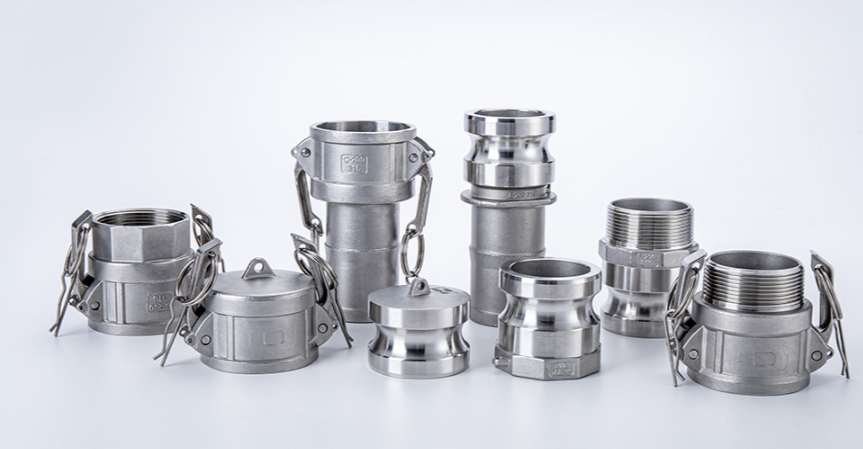As the world progresses towards a highly fast-paced culture, the need for processed foods has become necessary. One of the pressing concerns in that regard is the preservation of beverage products. With a surge in demand for the ready-made food industry, the challenges of food security facing the production sector are inevitable. And in this respect, stainless steel sanitary fittings are here to hold the ground for a high hygiene rate to tackle the challenges faced by the preservation of beverage products.
Keep reading. This blog will present you with some basic knowledge of stainless steel sanitary fittings, including what sanitary fitting is and how to install and maintain them.
Importance of sanitary fitting
One of the most crucial aspects of a sanitary fixture and fitting is its ability to ensure that the processing system remains free from contamination. These contaminations can prove to be immensely detrimental to one’s health. Another essential feature of the stainless-steel sanitary fitting is that it facilitates the flow of process liquids and prevents backflow.

The stainless-steel fittings are made from corrosion-resistant materials with smooth surfaces. The easy cleaning process discussed above prevents the accumulation of bacteria. An added benefit of these fittings is that they prevent leaks and backflows that might disrupt the supply system. In addition to their operational benefits, stainless steel sanitary fittings also provide an aesthetic appeal. With a wide range of sleek designs, these sanitary fittings can seamlessly be integrated into the processing system, giving a much more professional perception of the business, especially in a commercial setting.
Steps to install sanitary fittings
- Inspection: Before installation, it is essential to check for any burrs, scratches, or any other defects that could result in the contamination of the processing system.
- Lubrication: Another essential check is to apply food-grade lubrication to the gaskets and sealant surfaces to ensure that they are airtight and can prevent any leak in the system.
- Insertion: After making sure of any defects and ensuring proper lubrication, the fittings must be inserted into appropriate ports.
- Tightening: With appropriate tools like the torque wrench, ensure the fittings are tight with the right amount of pressure.
- Testing: Testing is the final step to ensure sanitary fittings stay intact. In case of any leaks, retighten the fittings or replace the gaskets if need be.
Tips for maintenance
Proper maintenance of sanitary fittings is imminent when it comes to the durability and longevity of the parts. There are a few tips from experts that can help avoid any issues. Regular inspection is an obvious tip when it comes to mechanical parts of any kind. If any defects are found in the inspection, the fittings need to be replaced immediately.
Clean the fittings properly using soft brushes and food-grade cleaners. Apply an appropriate amount of food-grade lubrication to ensure the sanitary fittings remain airtight and leakproof. And one of the most important tips is never to use stainless steel sanitary fittings for inappropriate systems as it can pose a risk for cross-contamination.
Conclusion
In conclusion, proper installation and maintenance of stainless-steel sanitary fittings can facilitate the processing system to ensure the high quality of beverage products. Proper maintenance and regular inspection can go a long way with sanitary fittings. Union Metal specializes in the production of high-quality stainless steel sanitary fittings. The customer satisfaction and quality of Union Metal products provide a close insight into the company’s success. Choose from the top-quality sanitary fittings from Union Metal trusted high-quality products.




Leave A Comment